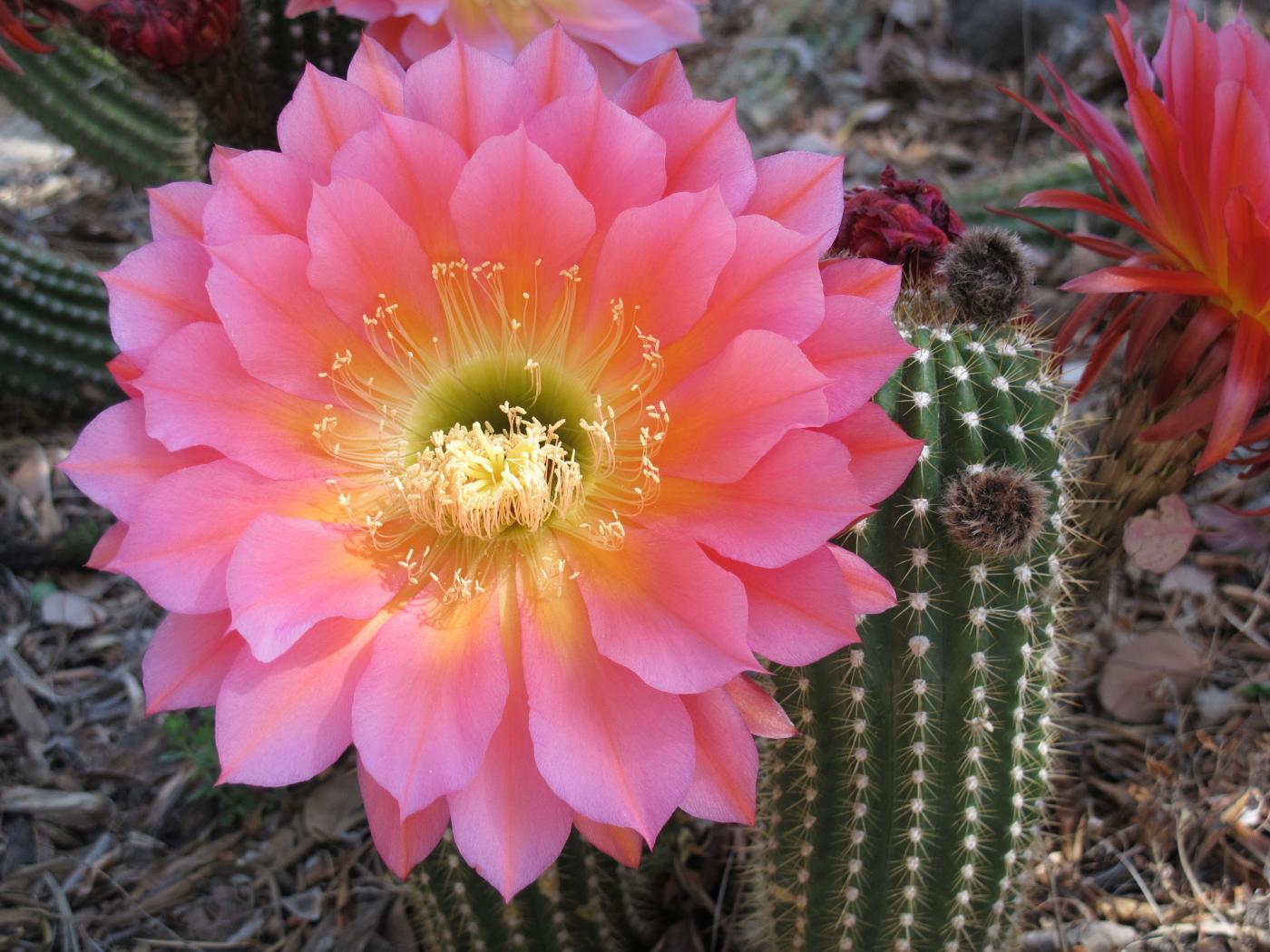Indoor gardening has gained tremendous popularity, and for good reason. Among houseplants, cacti are particularly appealing due to their unique shapes, vibrant blooms, and minimal care requirements. This guide elucidates some of the best cactus varieties that you can cultivate within your home environment. Understanding which types thrive indoors and how to care for them can elevate your indoor horticulture experience.
Familiarizing Yourself with the Cactus Family
Cacti belong to the family Cactaceae, which comprises over 2000 species. These hardy succulents are predominantly native to the Americas, with a fascinating adaptability to arid environments. While many might associate cacti with the hot desert landscapes, numerous species thrive splendidly indoors, offering both aesthetic delight and a dose of nature’s resilience.
Indoor cacti generally fall into two categories: globular and columnar. Globular cacti are rounded, making them ideal for compact spaces, while columnar varieties can add vertical interest to your decor. Here, we delve into some of the most popular and suitable species for your home.
The Timeless Classic: The Golden Barrel Cactus
The Golden Barrel Cactus (Echinocactus grusonii) is a timeless choice for indoor enthusiasts. Known for its distinct spherical shape and golden spines, this cactus can grow up to three feet in diameter over time. Its vibrant yellow-green exterior adds a refreshing touch to any setting.
This species thrives in bright, indirect sunlight, making it perfect for a sunny windowsill. Water requirements are minimal; it’s essential to let the soil dry out completely between waterings. Overwatering is a common mistake that can lead to root rot, especially in indoor settings. During the growing season, a diluted fertilizer every month can promote healthy growth.
The Quirky Oddball: The Bunny Ears Cactus
Characteristic for its unique pads that resemble bunny ears, the Bunny Ears Cactus (Opuntia microdasys) adds a touch of whimsy to your indoor collection. This succulent features flat, rounded pads covered in glochids—tiny, hair-like spines that can irritate the skin, so caution is advised when handling.
Like most cacti, the Bunny Ears thrives in warm conditions and requires bright, indirect sunlight. It prefers well-draining soil; a cactus mix is an excellent option. Water sparingly, allowing the soil to dry out thoroughly between intervals. The growing season could be an ideal time to witness its beautiful yellow flowers, though these may be less frequent indoors.
The Showstopper: The Christmas Cactus
In contrast to the stereotypical perception of cacti, the Christmas Cactus (Schlumbergera) stands out as a lush, blooming variety. Unlike the traditional desert-dwelling cacti, this species hails from the tropical rainforests of Brazil. It produces stunning flowers in shades of pink, red, or white, typically blooming between late November and January, making it a delightful holiday centerpiece.
To cultivate a Christmas Cactus indoors, placing it in a bright but indirect light is crucial. Unlike other cacti, this species prefers a slightly moist environment. Regular watering is essential during its growing season, but the soil should not be waterlogged. During flowering, a balanced liquid fertilizer can augment blooming activity. Post-bloom, a dormancy period with reduced care will help set the stage for the next cycle of stunning blooms.
The Elegance of the Zebra Cactus
The Zebra Cactus (Haworthia fasciata), though technically a succulent rather than a true cactus, is worth mentioning for its captivating zebra-striped leaves. This rosette-forming plant offers an elegant visual appeal, making it a wonderful addition to any plant lover’s collection.
Thriving in low to bright indirect light, the Zebra Cactus is versatile in terms of placement; it can adorn a desk, shelf, or countertop. Its water needs are modest; it requires watering only when the top inch of soil dries out. Keep in mind that this plant thrives in well-drained soils and does best during warmer months with minimal nutritional input.
Creating an Indoor Cactus Oasis
Transforming your indoor space into a cactus sanctuary requires thoughtful consideration of layout and care. Begin by selecting containers that not only complement the aesthetic appeal of the cactus but also provide adequate drainage. Terra cotta pots are highly recommended due to their breathability and ability to prevent overwatering.
Placement is vital, as cacti love sunlight. A south-facing window is ideal, but if natural light is insufficient, consider using grow lights to supplement their needs. When creating a group of cacti, vary the heights and shapes to cultivate visual interest while ensuring enough space for each plant to thrive without competition.
Challenges and Considerations
While cultivating cacti indoors can be gratifying, challenges do arise. Pests such as mealybugs or spider mites can inflict damage, necessitating vigilance and sometimes chemical or organic interventions. Additionally, environmental changes such as drafts or excessive humidity can affect growth. Observing your plants regularly will help you identify any issues early on, allowing you to take appropriate action and keep your indoor garden flourishing.
Ultimately, indoor cacti serve as an insightful connection to nature, enhancing your living space while providing numerous benefits. Their uncanny ability to thrive in varied indoor conditions makes them ideal companions for both seasoned and novice gardeners. With the right care and attention, your home can be an oasis filled with the captivating allure of these remarkable plants.





Leave a Comment